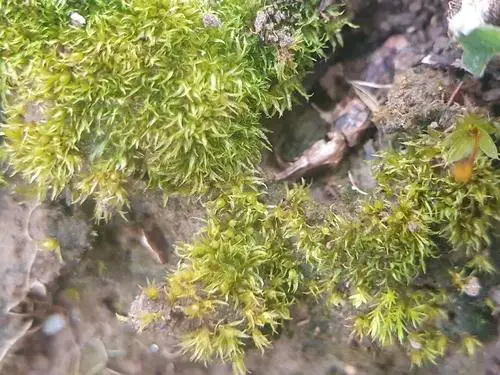
medium.jpeg from: https://www.inaturalist.org/taxa/401667-Ephemerum-sessile
Ephemerum sessile: The Tiny Moss with a Big Story
Ephemerum sessile (Bruch) Müll.Hal.
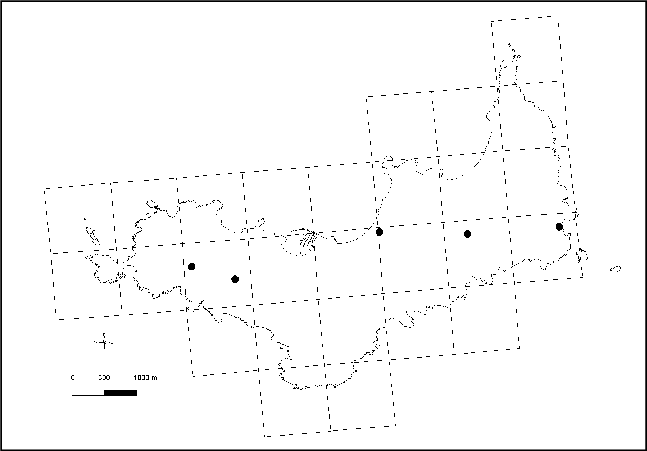
Repartition-dEphemerum-sessile-Bruch-Muell-Hal-a-Porquerolles.png from: https://www.researchgate.net/figure/Repartition-dEphemerum-sessile-Bruch-Muell-Hal-a-Porquerolles_fig40_328841440
, also known simply as Ephemerum, is a fascinating species of moss belonging to the Ephemeraceae family. Despite its diminutive size, this little bryophyte has captured the interest of botanists and moss enthusiasts alike. In this blog post, we’ll take a closer look at the unique characteristics and ecological importance of Ephemerum sessile.
Background on Ephemerum Mosses
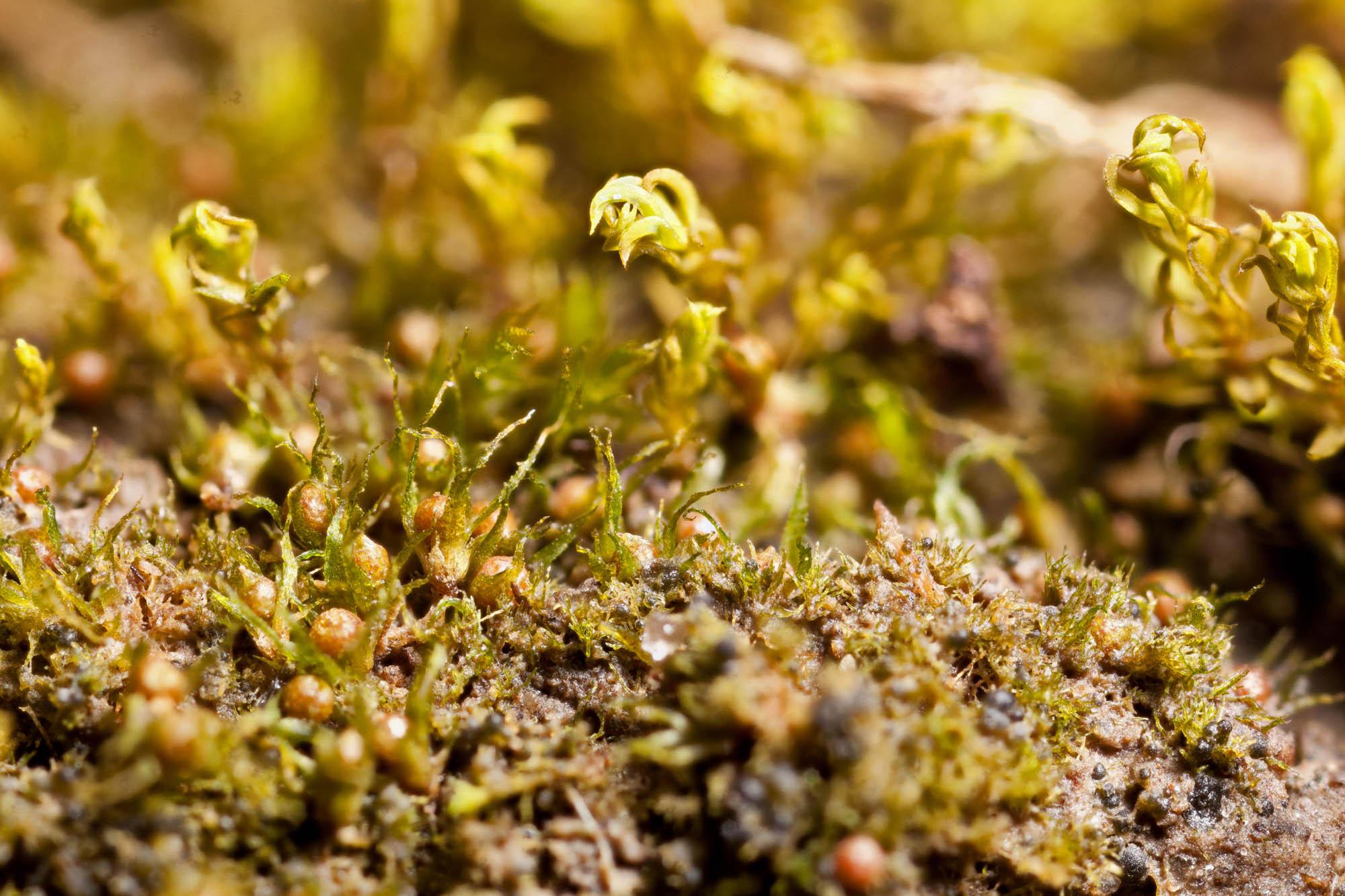
Ephemerum-cohaerens1.jpg from: https://ohiomosslichen.org/moss-ephemerum-cohaerens/
The genus Ephemerum contains around 30 species of tiny, short-lived mosses found throughout the world. These mosses are classified in the Bryophyta division and Bryopsida class. Ephemerum mosses are known for their minuscule size, with most species measuring just 1-3 millimeters tall. They are called “ephemeral” mosses because they complete their entire life cycle, from spore to reproduction, in a very short period of time, often just a few weeks.
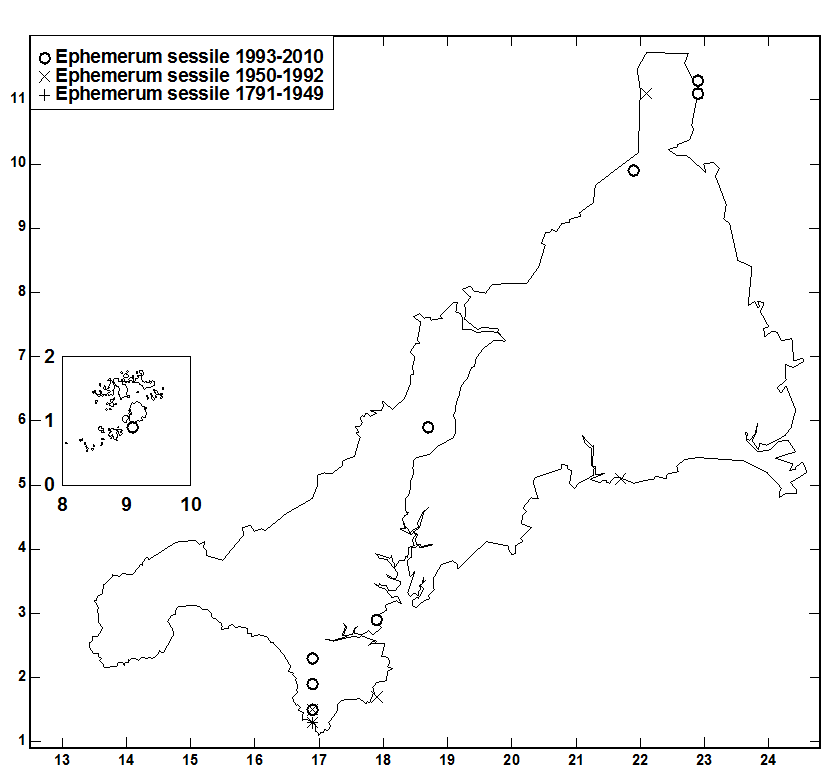
Ephemerum_sessile.gif from: https://cisfbr.org.uk/Bryo/Cornish_Bryophytes_Ephemerum_sessile.html
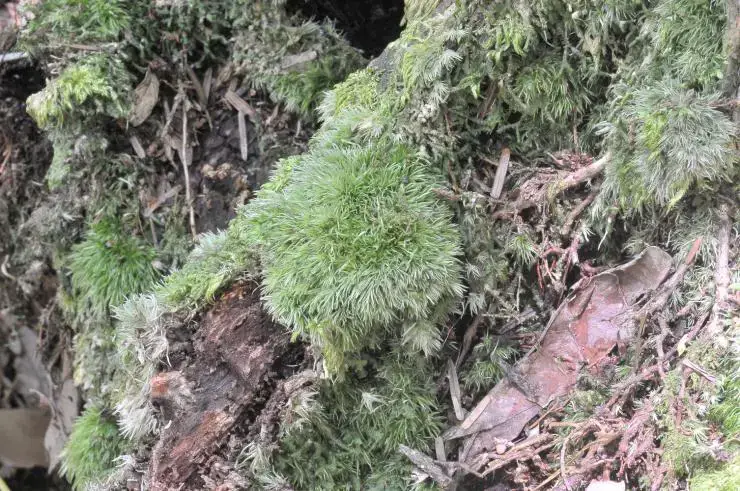
7037e79d418c961c5141889e083833ce.jpg from: https://taieol.tw/muse/digi_object/2355523fe7d6b11d4b7a8ac495911fd7
Morphology and Identification of Ephemerum sessile
Ephemerum sessile is one of the most widespread species in the Ephemerum genus. It forms small tufts or patches on bare, disturbed soil. The individual plants consist of tiny, ovate leaves just 0.5-1.5 mm long. The leaves have a prominent midrib but lack a border. From the center of the plant arises a short seta (stalk) topped by a spherical capsule. The capsule contains the spores and splits open when mature to release them.
Identifying E. sessile requires a keen eye and often a microscope. Key features to look for include:
- Ovate, bordered leaves with a strong midrib
- Immersed, spherical capsule on a short seta
- Grows in small tufts on disturbed, bare soil
- Leaves are 0.5-1.5 mm long
Global Distribution and Habitat
Ephemerum sessile has a wide distribution, being found across Europe, Asia, Africa, Australia, and the Americas. It is most commonly found in temperate regions in the northern hemisphere. This tiny moss is a pioneer species that colonizes bare, disturbed soils. Common habitats include:
- Agricultural fields
- Mud flats
- River banks
- Cliff ledges
- Waste ground
E. sessile prefers moist, clay or silty soils. It often appears after disturbance events like floods or soil tilling.
Ecological Roles and Adaptations
Despite its short life cycle and small size, Ephemerum sessile plays important ecological roles. As a pioneer species, it helps stabilize disturbed soils and enriches them with organic matter as its tissues break down. The moss also provides microclimates for soil invertebrates and microorganisms.
E. sessile has several adaptations that allow it to thrive in its ephemeral lifestyle:
- Rapid life cycle – spores germinate, grow, and reproduce in just a few weeks
- Abundant spore production – each capsule contains 1000s of dust-like spores
- Tolerates disturbance – readily colonizes bare soil after upheaval
- Persistent spores – spores can remain dormant in soil until conditions are favorable
In Summary
Ephemerum sessile may be a tiny, unassuming moss, but it has a big story to tell. From its pioneer tendencies to its lightning-fast life cycle, this little bryophyte is a fascinating example of evolutionary adaptation. So the next time you’re out for a walk, keep your eyes peeled for small tufts of Ephemerum – a miniature moss with major ecological impacts! What other small but mighty mosses have you encountered?